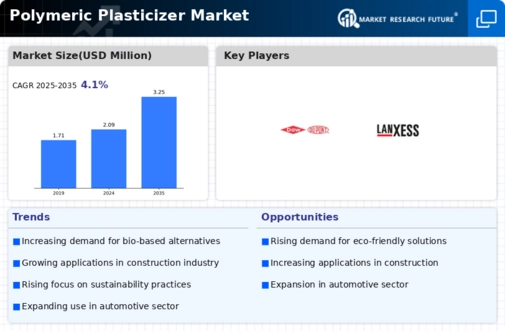Market Trends
Key Emerging Trends in the Polymeric Plasticizer Market
Some present factors influencing the state of affairs in the business environment have resulted into major trends and shifts within the scope of polymeric plasticizer (s) being used by manufacturers worldwide today. One significant trend is increased significance attributed to eco-friendly or sustainable alternatives for plasticizing agents. In order to reduce carbon footprints, industries have embraced biodegradable substitute products like bio-based polymeric plastics since they are generally environmentally friendly.This transition has come about because green options have become desirable due to stringent regulations and consumers’ tastes.
Likewise advancements in technology today hugely impact what is happening across markets. Technically improved Polymeric Plasticizer’s innovation was facilitated by new production technologies that allowed for the adoption of fresh manufacturing processes and recipes. To develop such kinds of plasticizers, manufacturers have been investing more in R & D because they not only adhere to regulatory requirements but also enhance application efficiency, durability or versatility. This has been driven by a need from broad array industries including automotive, construction and packaging among others.
The market is undergoing a shift in regional dynamics too. There is an increasing demand for polymeric plasticizers as the developing countries undergo rapid industrialization and urbanization. These regions have emerged as growth markets for this industry due to their increased infrastructure development, construction activities and motor vehicle sectors .Moreover, mature markets are now turning their attention towards product customization as well as innovation so as to address specific needs within the sector.
Furthermore, changing regulations require players in this market to respond accordingly. As such producers must look for non-phthalate alternatives since strict government regulations on harmful chemical usage have now been put in place across various industries globally. Thus, there has been growing interest among various sectors about phthalate free versions that meet all performance standards while still conforming to safety guidelines.





Leave a Comment